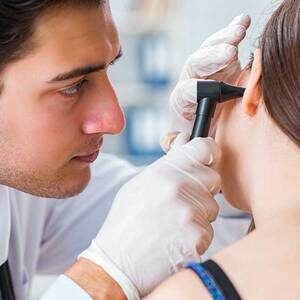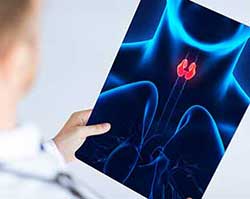Consult City's Top Doctors, The Minute You Need To
First Consultation starting
@ ₹349 ₹599
2950
General Surgeons
51753
Cases done
by General Surgeons
1543
Hospitals
Ingrown toenail? Symptoms and treatments
About
A condition in which the toenail gets curved and merges with the surrounding skin, thus causing pain and discomfort.
An ingrown toenail is quite common in people irrespective of their gender. The bigger toenail is more likely to be affected in this case. [1]
- Can be self-diagnosed
- Treatment options are available
- Physical tests by the doctor may be required
- Infection and pain can be prevented with drugs
Characterized by pain and swelling, a person suffering from ingrown toenail often experiences redness and discomfort in and around the toe. It occurs when the toenail is traumatized by events like cutting them too short or wearing tight shoes or stabbing the nail.
Symptoms
Self-diagnosable – Redness, swelling, and pain in and around the toenail is the biggest indication. If the pain is too severe, it might cause an infection.
Pain areas may also be tender on both sides as well as one side of the nail
Redness around toenail
Infection in the tissue around the toenail
Toenail may look curved inwards
Treatment
Self-care: Soak your feet in warm water at least 3-4 times a day in order to soften the skin surrounding the nail and thus prevent it from growing. Wear comfortable shoes and socks.
Medicines: Over-the-counter antibiotic ointment can be applied for aiding infection healing. An over-the-counter pain reliever like acetaminophen may be used for pain relief.
Wearing comfortable shoes for less straining the affected nail.
Using a toe protector: Protect the ingrown toenails by giving it a cushioned barrier.
Specialists: A family physician or a foot doctor or podiatrist can diagnose an ingrown toenail. In extreme cases, surgery is required. At mfine, you can get an all-around treatment program.
Other Specialities
Give a missed call to 08061914343 to Download the App
































